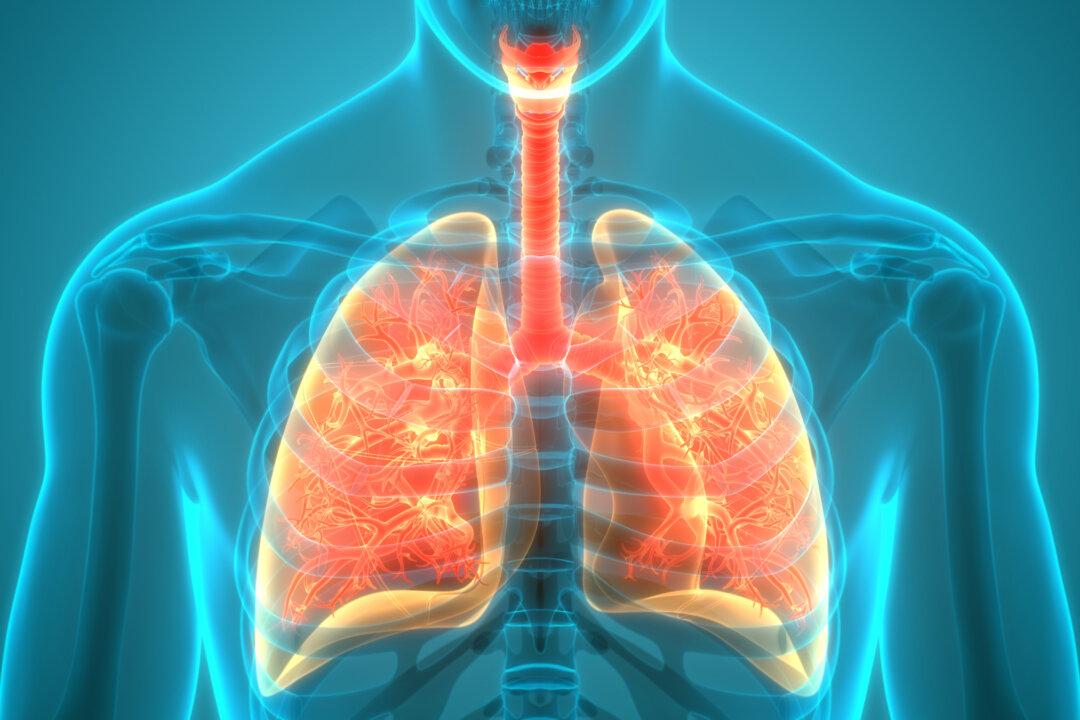A national registry will be established for deadly workplace respiratory diseases as the federal government seeks to tackle the prevalence of silicosis.
If passed, the law will require mandatory reporting of the disease, which affects nearly one-in-four engineered stone workers in the industry before 2018.





